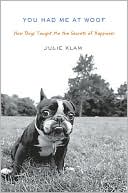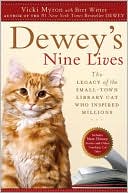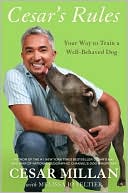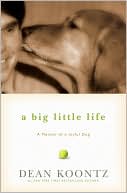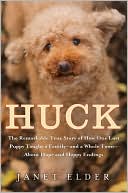Animal Feed Formulation
Students in animal science, industry personnel involved in the feeding of animals, and professionals working for feed-mixing companies will all benefit from this current, comprehensive package - a text on the economic and nutritional aspects of feed formulations that optimize nutritional content while minimizing costs.\ Animal Feed Formulation applies a well-tested, easy-to-use computer program called UFFDA that illustrates the principles of least-cost food formulation. Developed in a...
Search in google:
Students in animal science, industry personnel involved in the feeding of animals, and professionals working for feed-mixing companies will all benefit from this current, comprehensive package - a text on the economic and nutritional aspects of feed formulations that optimize nutritional content while minimizing costs. Animal Feed Formulation applies a well-tested, easy-to-use computer program called UFFDA that illustrates the principles of least-cost food formulation. Developed in a cooperative effort by the Departments of Poultry Science and Agricultural and Applied Economics at the University of Georgia, UFFDA is menu-driven software that has the editing capabilities of a spreadsheet program for altering the ingredient and nutrient matrix. The book begins by solving a simple ration-balancing problem, providing step-by-step instructions with the computer program that any user - even one without computer training - can readily follow. It then discusses specific feed formulation techniques in terms of their practical applications and economic implications. Included are such techniques as sensitivity analysis, parametric cost and nutrient ranging, optimum-density formulation, multi-blending, and risk analysis, among others. Applying these and other techniques using the special features of UFFDA, users can select the proper ingredients, adjust proportions among nutrients, determine which feeds might require scarce ingredients, consider the risks involved in dealing with ingredients with below-average compositions, and ultimately determine the costs and nutritional content of various feed formulations. The program can be applied to determining feed formulations for any animal, including sheep, beef and dairy cattle, swine, turkeys, broilers, catfish, and horses. Practitioners who are growing animals will be able to maximize the nutritional content of their feed while keeping costs down. Professionals working in feed-mixing companies will be able to maximize profits by offering products composed of low-cost ingredients that are also of good nutritional value. Students will gain a firm background in nutritional and economic concepts, insight into how to apply them to practical problems, and an understanding of the way good nutrition and good value can be achieved by applying the latest computer technology.
Preface1Economic Analysis1Animal Feeding1Assumptions of Least-Cost Analysis2What to Expect from Applying Linear Programming6Least-Cost Formulation: The Basic Linear-Programming Problem8Solving the problem8Using the computer10Adding Proportions between Nutrients14Specifying Ratios between Nutrients14Dealing with Infeasible Solutions16Sensitivity Analysis and Choosing Ingredients17Parametric Cost Ranging17Parametric Nutrient Ranging18Multiblending to Determine in Which Feed a Scarce Ingredient Should Be Used21Optimum-Density Formulation23Amino Acid Equivalent Formulas23Nutrient Factoring26Considering Risk in Feed Formulation26Strategies for Dealing with the Risk of Ingredients with Below-Average Compositions292Formulating Feeds for Sheep36Sample Sheep Feed Formulation Problem37Calculating Formulation Results on an As-Is Basis393Formulating Feeds for Beef Cattle42Formulating Feeds for a Desired Level of Gain43Specifying the Amount of Forage in a Feed44Formulation Based on Expected Gains from Feed Net-Energy Levels46Maximizing Profit and Optimizing Net Energy48How Does Feed Cost Affect Profitability and Net-Energy Levels?52Toward More Comprehensive Models534Formulating Feeds for Dairy Cattle55Maximum-Production Models for Feed Formulation55Formulating Diets to Maximize Profits615Formulating Feeds for Swine72Do the Producer's Feeds Meet National Research Council Recommendations?73Substitution of Ingredients78Parametric Cost Ranging of Wheat79Nutrient Requirements and Ingredient-Formulation Values846Formulating Feeds for Turkeys877Formulating Feeds for Broilers958Formulating Feeds for Layers105Intake Prediction105Constraints and Temperature Dependence109Additional Considerations1169Formulating Feeds for Catfish11810Formulating Feeds for Horses125App. A. General Features of the UFFDA Program135App. B. Using UFFDA on a Local Area Network154App. C. Units in a Mathematical Programming Problem157Bibliography159Index163

